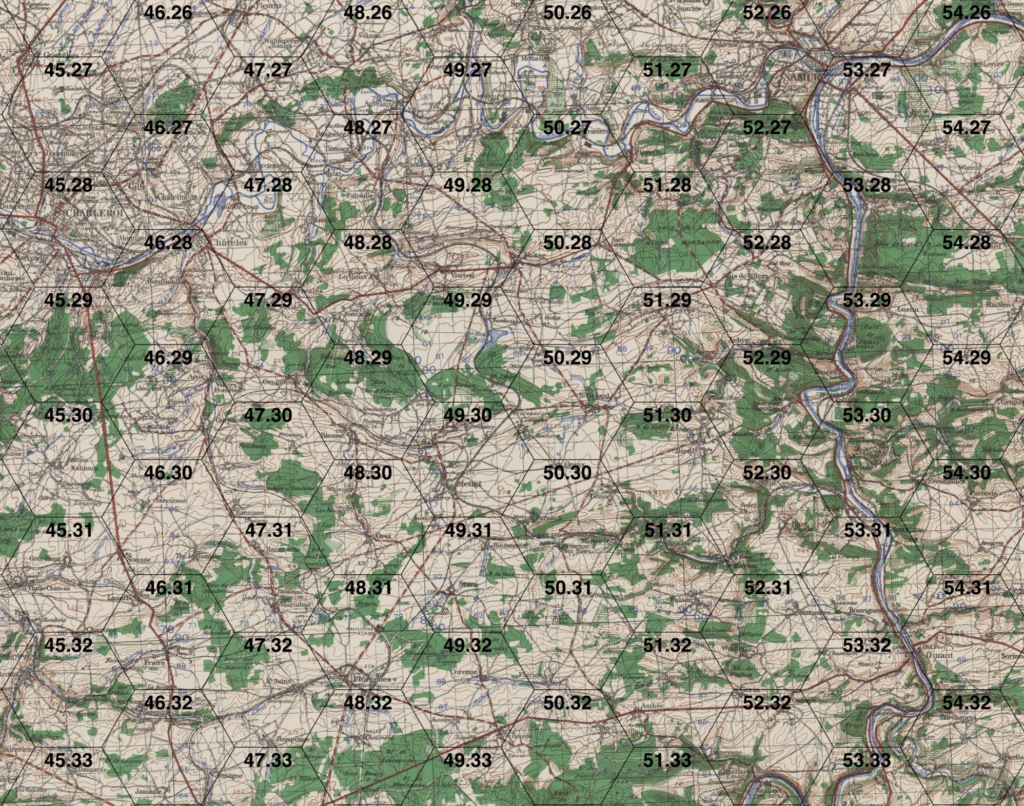These are the two things that Paul and I are working on. That’s really it, except it isn’t. There’s a lot of work taking place behind the scenes.
Crux Documentation
Before I could continue with getting back into building the WebFX UI controls library, I had to document all of the work, and the architectural underpinnings, of the Crux system. Naively, I thought that this was going to be a 2-4 day job. Nope. The more I wrote, the more I needed to explain. There were database schemas, software structures, file system layouts, the works. Not only did I need to update our internal wiki, but I needed to document the code itself. And I needed to do it in a way that was codoc-compatible (codoc being our home-grown code documentation generation tool).
It took almost the full 3-week sprint before I considered it done to my satisfaction. It is probably the largest block of information in the wiki.
The Great War
While TOCS grew out of Paul’s initial MASL ideas from way back in the day, what hooked my interest was building an operational (corps/division) WWI game. That day has come. All of my initial notes and TO&E research is going to merge with the TOCS double-blind system to build our initial TOCS WWI Western Front operational game, A Series of Catastrophes. The first scenario will be “The Price of Neutrality” and will feature the German right hook of the Schlieffen Plan.
Paul has been hard at work addressing the basic TOCS system to see if can scale properly and has modified the tactical WWII rules to scale to an operational WWI system. Right now, he’s waiting for me to proof them.
Meanwhile, Paul is currently working on the map. It will be a map of Belgium and the northeastern French border, with a bit of Luxembourg, at 5000yards/hex and is roughly 73×50 in hexes in size. It’s huge and it’s exciting.
While we are not going to support an underlying tactical game system to resolve battles, like how the tactical WWII system can use ASL for battle resolution, we are going to keep with the tripartite hex system which supports three virtual base terrain types with additional hexside terrain. It will also continue to use our modal crest line map feature to determine when an elevation gain is shallow or steep, the latter requiring a movement penalty. With a different scale, we may need to introduce different terrain types to account for the coarser granularity, such as “rough” terrain and we’ll certainly have to scale the contour lines to accommodate the change in unit scale. Still, it’s a fun project.

WebFX
After a year plus of hiatus, I’m back to working on User Interface code. I’m better at it than I was before; it’s all making sense. I’ve already refactored a couple of old constructs that I’d coded before, but I have various buttons and tab panes and other controls worked out. Once the fundamental library is in a workable state, I can apply the controls to the game client and the Crux tools.